Kakimori’s ‘Glass nib’ is a writing tool that’s close to our heart — it inspired the dip pen collection that followed, including the ‘Metal nib’ and ‘Pen nib’.

While glass dip pens today evoke images of high-end craft pieces, they were once a part of everyday life in Japan from the Meiji to the mid-Showa period (late 1800s to the 1950s). Our glass nib was born from a desire to reimagine the glass pen for everyday use, just like in bygone days.
When we launched the original glass nib in 2019 — created in collaboration with glass artist Akiko Fukazawa — it quickly became an unexpected bestseller, capturing the simple joy of handwriting and a sense of nostalgia in our digital age.

Since the release of our dip pen collection in 2021, interest in our glass nib has continued to grow, reaching new audiences around the world.
To share the glass nib with more customers, we sought an alternative approach to production by partnering with a specialist glass workshop or manufacturer. Through our network of collaborators, we discovered Sekiya Rika and Tatsu Glass, whose craftspeople had some experience in glass pen making, and they agreed to develop the nib with us.
—— Sekiya Rika is a scientific glassware wholesaler established in 1933. Rikashitsu, their shop in Kiyosumi-Shirakawa, presents beakers, flasks and test tubes as objects for the home. Tatsu Glass is their affiliate company and a manufacturer specialising in scientific glassware. Founded in 1967, this neighbourhood workshop has been producing beakers and other laboratory glassware for four generations.
Since Tatsu Glass’s workshop is located in Koto-ku, not far from our shop, we took the opportunity to see firsthand how our pieces are made.

Producing glass pens at scale proved to be a new challenge for Tatsu Glass as well, but guided by their experienced craftspeople, they refined the production method through careful trial and error.

The nib is made from borosilicate glass, widely used in scientific glassware for its strength and thermal resistance. When being worked, a burner kept at 1300 to 1500℃ is always close at hand, as the glass begins to solidify as soon as it is removed from the heat.
The process begins by forming the base from a glass rod.

Next, small beads are placed at one end to mark the position of the ridges that form the grooves. The ridges are then added along the length of the piece.


The piece is gently stretched under heat until it reaches the right thickness.

After careful measuring and adjustment, the piece is finally detached — the most delicate and tense moment in the entire process, as the alignment of the nib at this stage directly influences how it writes.



This is followed by the annealing stage, where the piece is slowly cooled at a low temperature to help prevent warping or cracking. Even our small nib is given the utmost care.

Finally, the nib is polished and connected to its metal base, completing the process.

The team at Tatsu Glass brought our vision to life with immaculate precision. Creating a writing tool with a manufacturer from a completely different industry gave us a renewed appreciation for the material expertise and rich craftsmanship still alive in Japan today.

From collaborating with a single artist to working with a specialist manufacturer, this journey has revealed yet more possibilities for the future of Japanese craft.
Glass dip pens were once commonplace, crafted in volume by many skilled makers. But as writing tools evolved — first with the arrival of the fountain pen, then the ballpoint — the craft of glass pen making gradually faded, now preserved by only a handful of glass artists.
For us, partnering with Sekiya Rika and Tatsu Glass has been a meaningful milestone — connecting the potential of this craft with demand to help its preservation for future generations.
As we welcome this new chapter, it’s a joy to share our two unique glass nibs — one crafted by Akiko Fukazawa, the other created with our new partners — with many more of you.
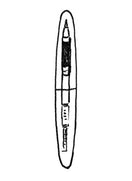
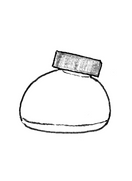
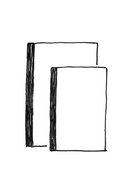


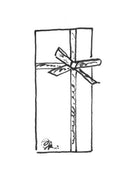
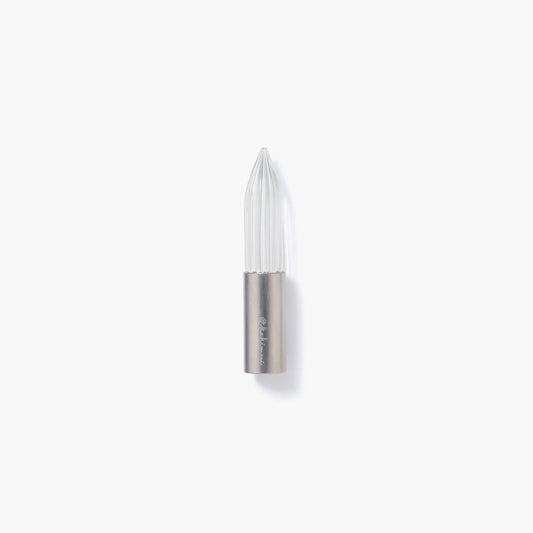

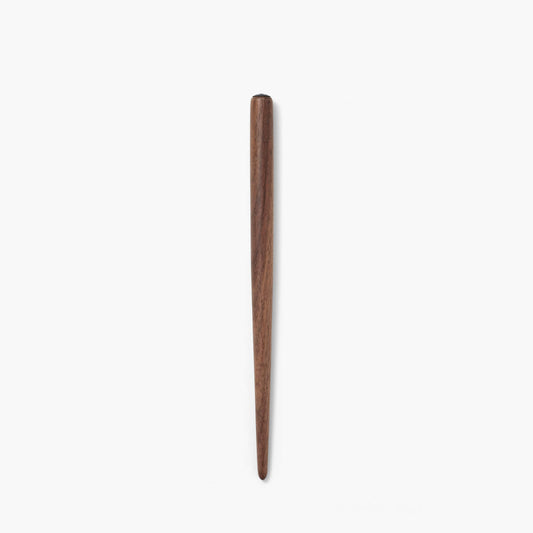
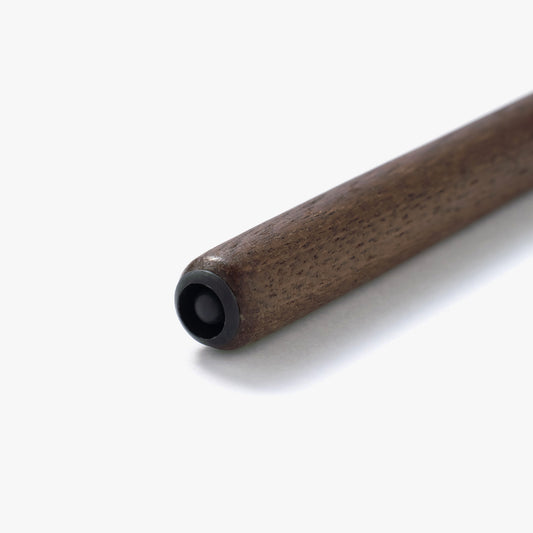
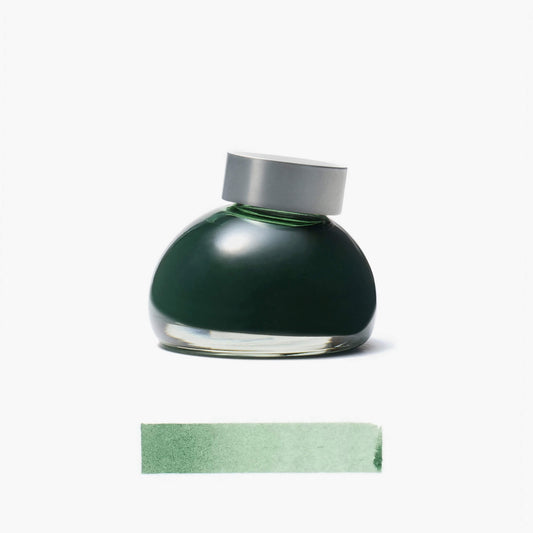

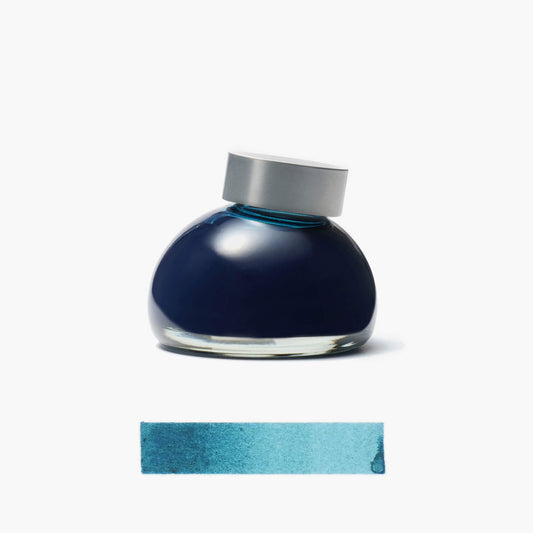

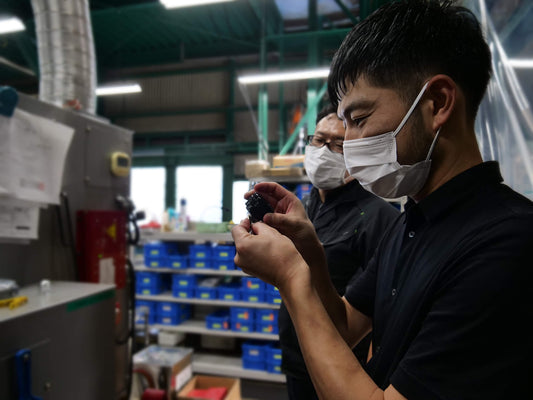
![百年先の誰かもきっと、[br/pc]「インクびん」の愛おしさにほほえむ[br/pc]第一回](http://kakimori.com/cdn/shop/articles/OH1_1918.jpg?v=1760603426&width=533)